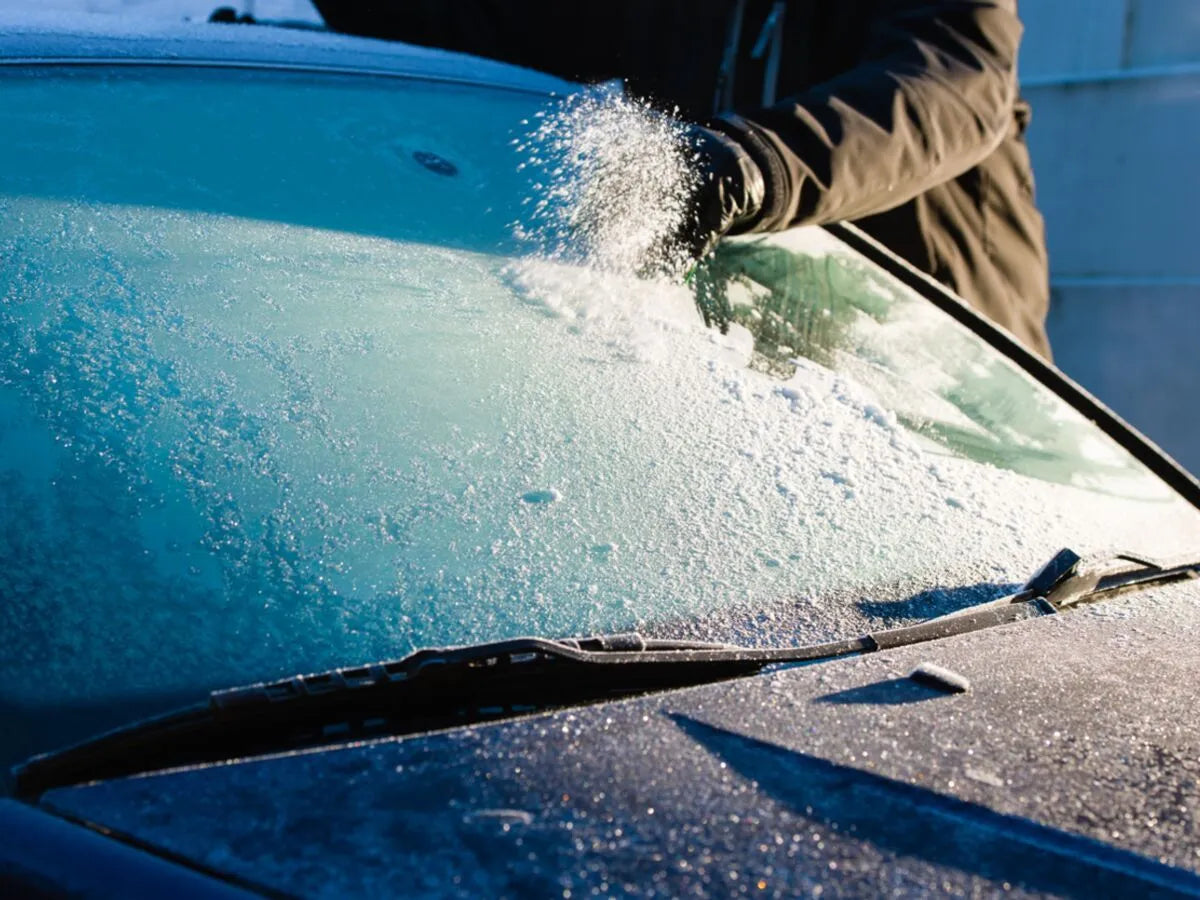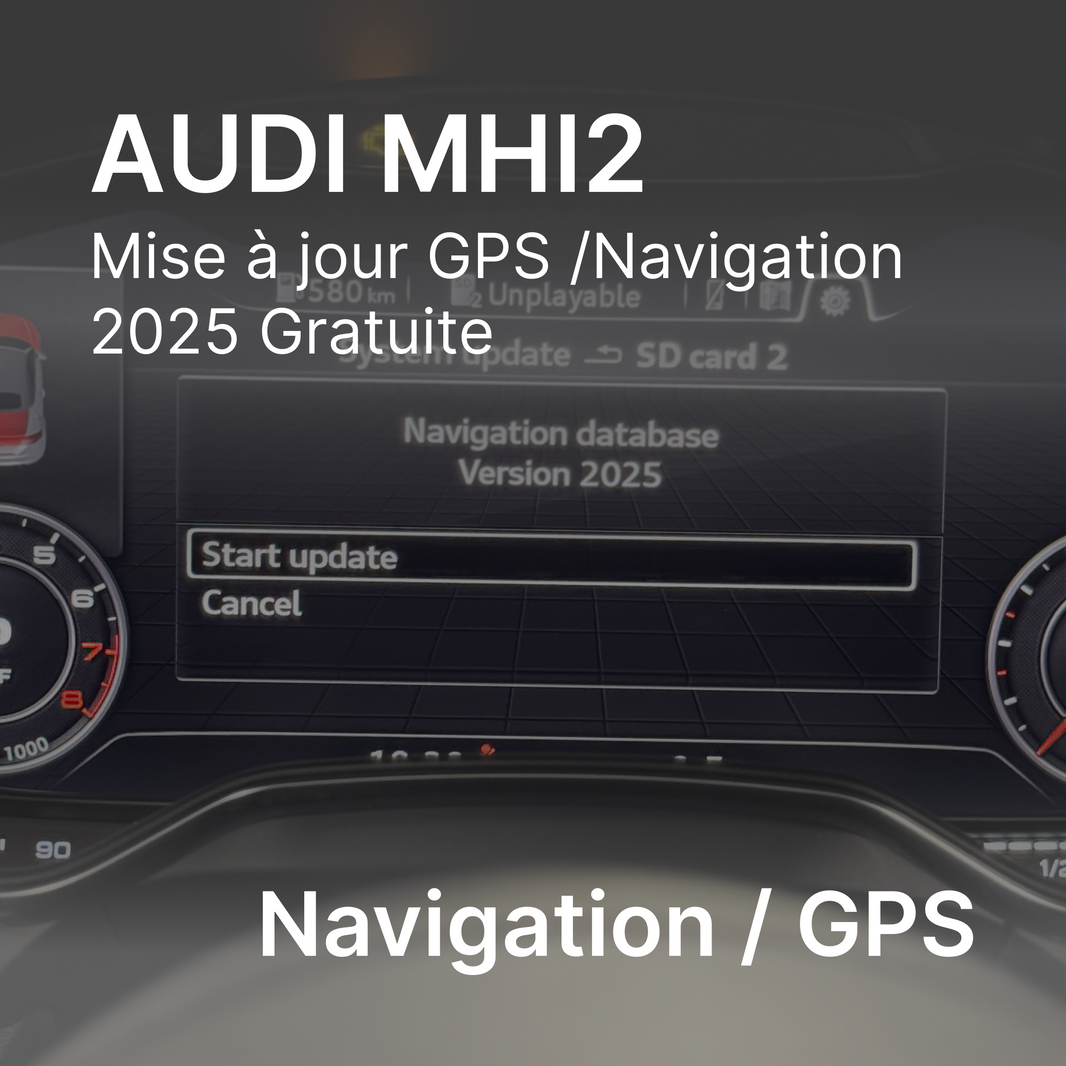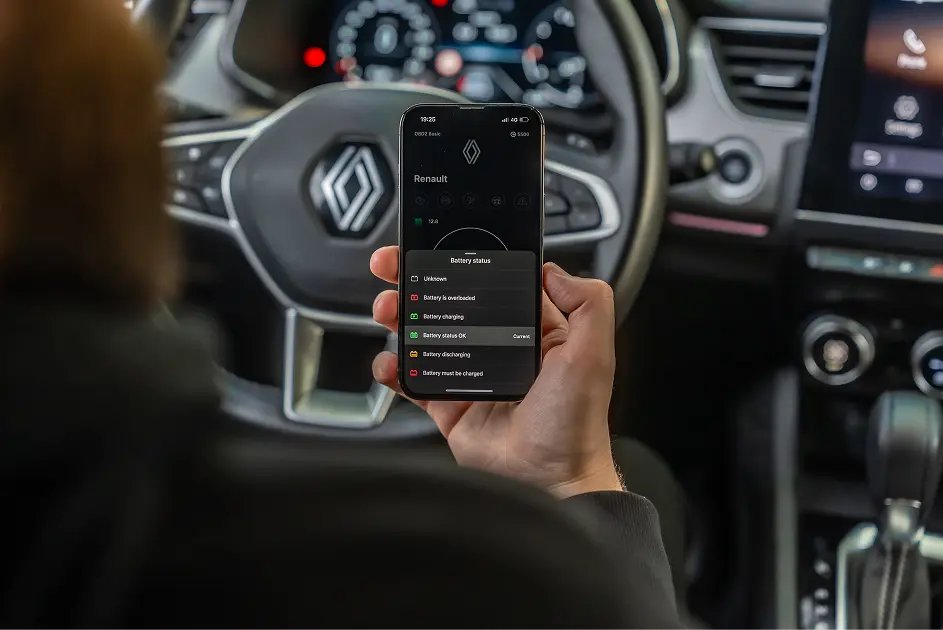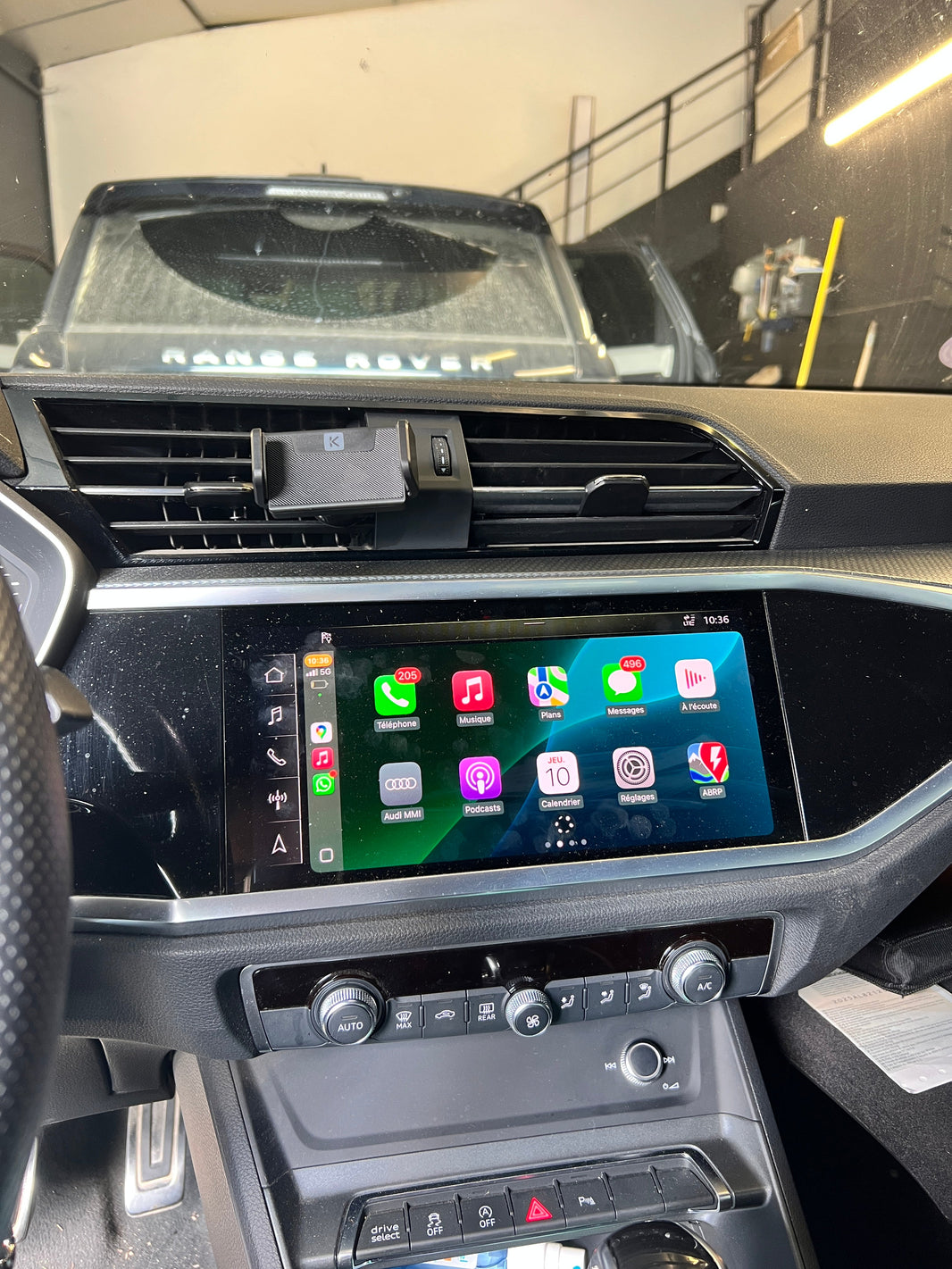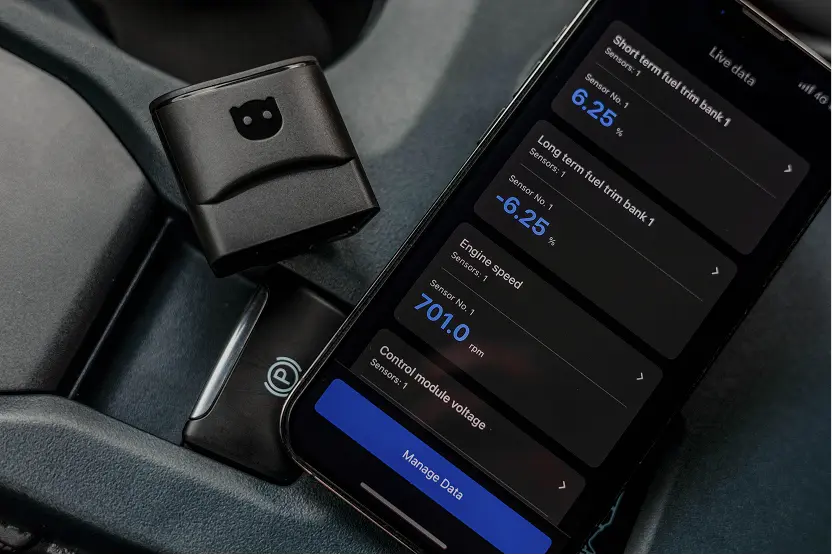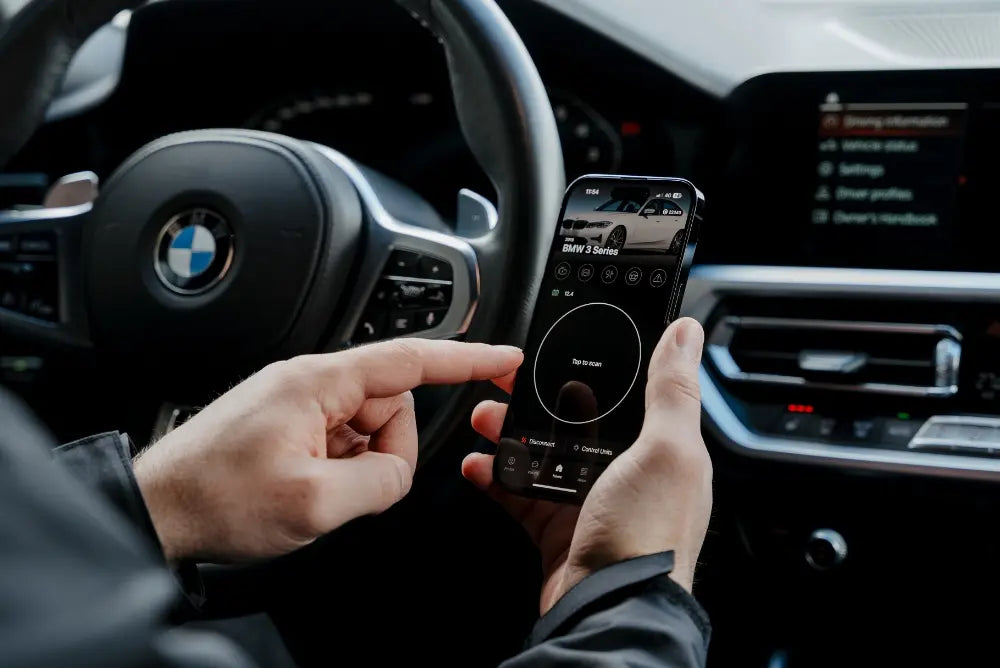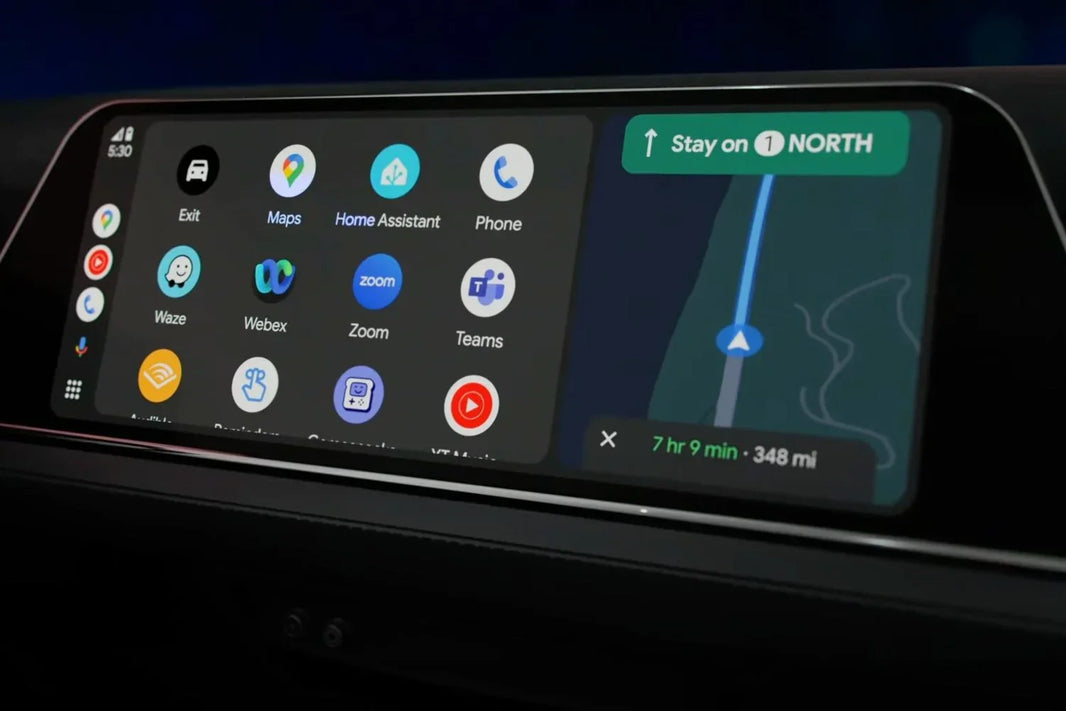
The best techniques for effective defrosting
Winter is a beautiful season, but it can also be unforgiving to our cars. With freezing temperatures and snowfall, it’s essential to take the necessary steps to protect our vehicle and keep us safe on the road. In this article, I’ll share with you the best techniques for effective defrosting to help you survive winter in your car.
The importance of defrosting in winter
Defrosting your car in winter is of utmost importance. When your windshield is covered in ice or frost, your field of vision is significantly reduced, increasing the risk of accidents. Additionally, if you don’t defrost your car properly, frozen surfaces can damage your windshield wipers, locks, and door handles. Therefore, mastering defrosting techniques is essential to ensure your safety and extend the life of your vehicle.
Common Defrosting Techniques
There are several common defrosting techniques you can use to prepare your car for winter. One of the easiest methods is to use an ice scraper to remove ice and frost from your windshield. Be sure to use the right scraper to avoid damaging your glass. Another popular technique is to use a de-icing spray. These products are specially designed to quickly dissolve ice and frost, making them easier to remove. Be sure to follow the manufacturer's instructions when using these products.
Preparing your car for winter
Before winter sets in, it is essential to prepare your car for cold conditions. Make sure your windshield washer fluid is filled with a mixture that is suitable for winter temperatures. Opt for a fluid that does not freeze in extremely low temperatures so that you can clean your windshield even in freezing temperatures. In addition, it is recommended to regularly check the condition of your windshield wipers and replace them if necessary. Worn or damaged wipers will not be able to clean your windshield effectively, which can lead to poor visibility on the road.
Best Practices for Defrosting Your Windshield
Properly defrosting your windshield is essential to ensuring optimal visibility on the road. Here are some best practices for defrosting your windshield effectively:
Start your car and turn on the heater to warm up the cabin. This will help melt the ice faster.
Use an ice scraper to gently remove ice and frost from your windshield. Start at the bottom and work your way up.
Use a de-icing spray to dissolve stubborn areas of ice. Apply the product to the glass and let it sit for a few moments before using the ice scraper.
Defrosting Your Car Locks and Handles
When temperatures drop, it's not uncommon for your car's locks and handles to freeze. To defrost your locks, you can use a de-icer that's specifically designed for this purpose. Spray the product into the lock and wait a few moments before trying to turn the key. If your car's handles are frozen, you can use hot water to defrost them. Be careful not to use boiling water, as this could damage your car's paint.
Defrosting your car windows and mirrors
In addition to the windshield, it is important to defrost the side windows and mirrors of your car as well. To do this, you can use the same techniques as for the windshield. Use an ice scraper to gently remove ice and frost from the windows. If you have difficulty reaching certain areas, you can use a de-icing spray to dissolve stubborn ice. Make sure to clean the mirrors thoroughly for optimal visibility while driving.
Thawing Your Car's Tires and Brakes
When your car is exposed to extremely cold temperatures, the tires and brakes can freeze. This can make your car difficult to drive and increase the risk of skidding. To defrost the tires, you can drive your car slowly for a few minutes. The driving action will help warm up the tires and melt the ice. For the brakes, you can lightly press the brake pedal a few times to generate heat and melt any ice that may have formed on them.
Other defrosting methods
Aside from common defrosting techniques, there are other methods you can try to defrost your car. One popular method is to use a mixture of water and white vinegar to defrost your windows. Spray the mixture on the windows and let it sit for a few moments before using an ice scraper. Another method is to use a windshield cover to prevent ice and frost from forming. Place the cover over your windshield before parking for the night and remove it in the morning for a clear windshield.
Winter Driving Tips to Avoid Ice Formation
In addition to properly defrosting your car, it is also important to follow some winter driving tips to prevent ice from forming on your vehicle. When driving in cold weather, try to avoid shaded areas where ice is more likely to form. Avoid sudden braking and rapid acceleration, as this can cause skidding on slippery surfaces. Also, keep a safe distance from other vehicles so that you can react in an emergency.
Conclusion
By following the best defrosting techniques, you can survive winter in your car without any hassle. Make sure to prepare your car before winter sets in, properly defrost your windshield, locks, windows, and mirrors, and take extra precautions when driving in cold weather. Taking care of your car will ensure your safety and extend the life of your vehicle. So, don’t forget to stay warm and defrost your car effectively this winter!
Ps: Take care of your car and follow these defrosting techniques to survive winter driving safely.

